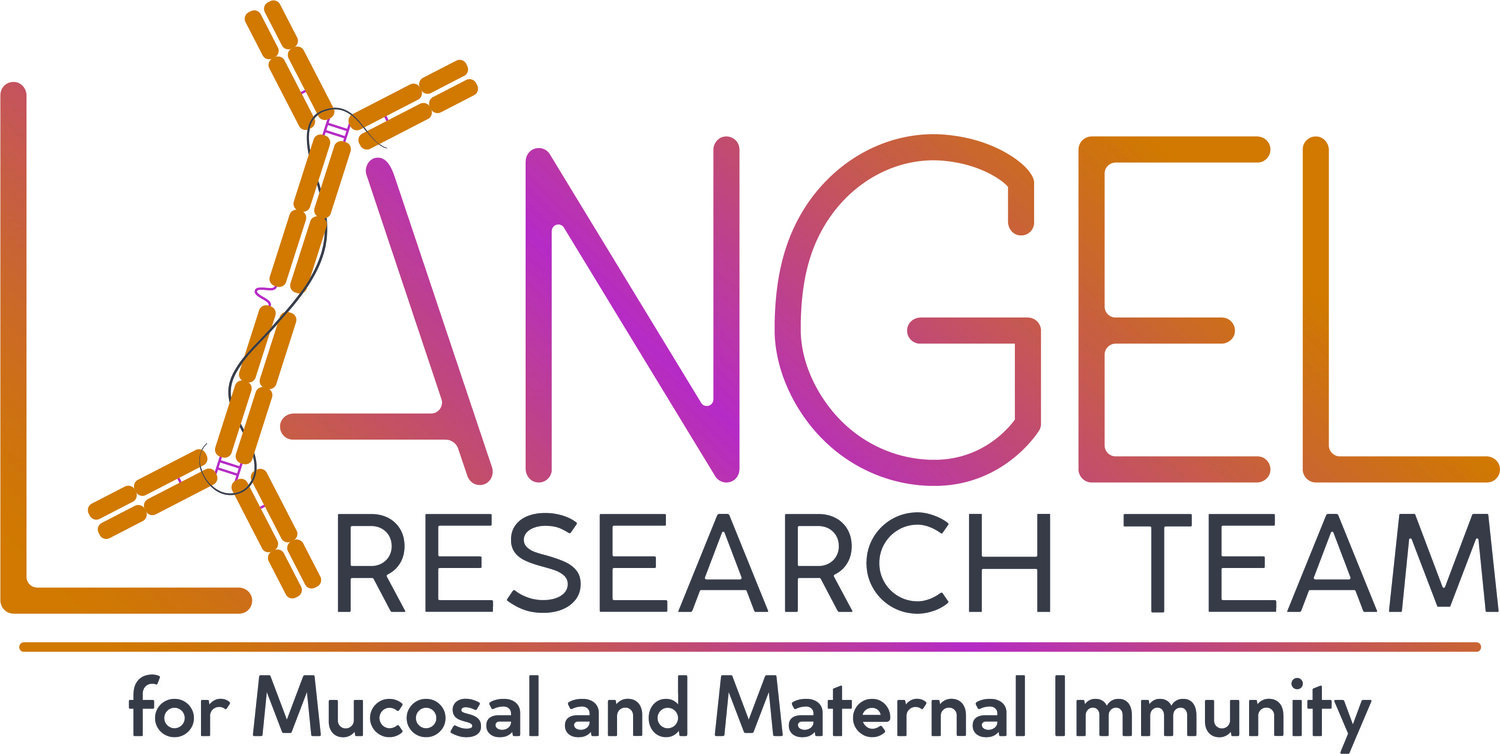IgA immunobiology
IgA is the most abundant antibody produced daily in humans and is important in providing protection against infection and disease. IgA is a uniquely pliable protein with capacity to alter its protein structure and regulate its function over time and space in vivo. IgA comes in multiple forms throughout the body. Monomeric IgA is produced mostly in serum. However, in the tissues local plasma cells produce dimeric IgA. Dimeric IgA is represented by two monomeric IgA molecules connected by a joining (J) chain. The J chain of dimeric IgA binds its cognate receptor polymeric immunoglobulin receptor (pIgR) at the basement membrane of mucosal epithelial cells and is transcytosed to the apical side. Here, pIgR is cleaved and the resulting protein, called secretory component, gives secretory IgA its protease resistance. The multimeric forms of IgA in tissues and at mucosal surfaces are reported to have greater avidity and neutralization capacity than IgG in many cases. IgA’s diverse functional roles include activating cellular FcRalpha, mediating phagocytosis by monocytes and neutrophils, activating programmed cell death (NETosis) and forming of neutrophil extracellular traps (NETs). Moreover, IgA and its isoforms are heavily glycosylated. These glycans can interact with viruses, bacteria and host cells. Due to the dynamic nature of IgA and the inherent difficulty in studying the changing forms and actions in tissues and at mucosal sites, how IgA protects against infectious diseases and regulates inflammation in humans is understudied. The Langel Research Team is passionate about understanding IgA in all of its forms (monomeric, dimeric, and secretory) and specifically how it interacts with viruses at mucosal surfaces.
Schematic representation of IgA and IgG glycosylation. N-linked glycosylation is depicted as yellow circles, whereas O-linked glycosylation is depicted as green stars. IgA, immunoglobulin A; IgG, immunoglobulin G; sIgA2, secretory IgA. (Langel et al.,PLoS Pathog 2020)

